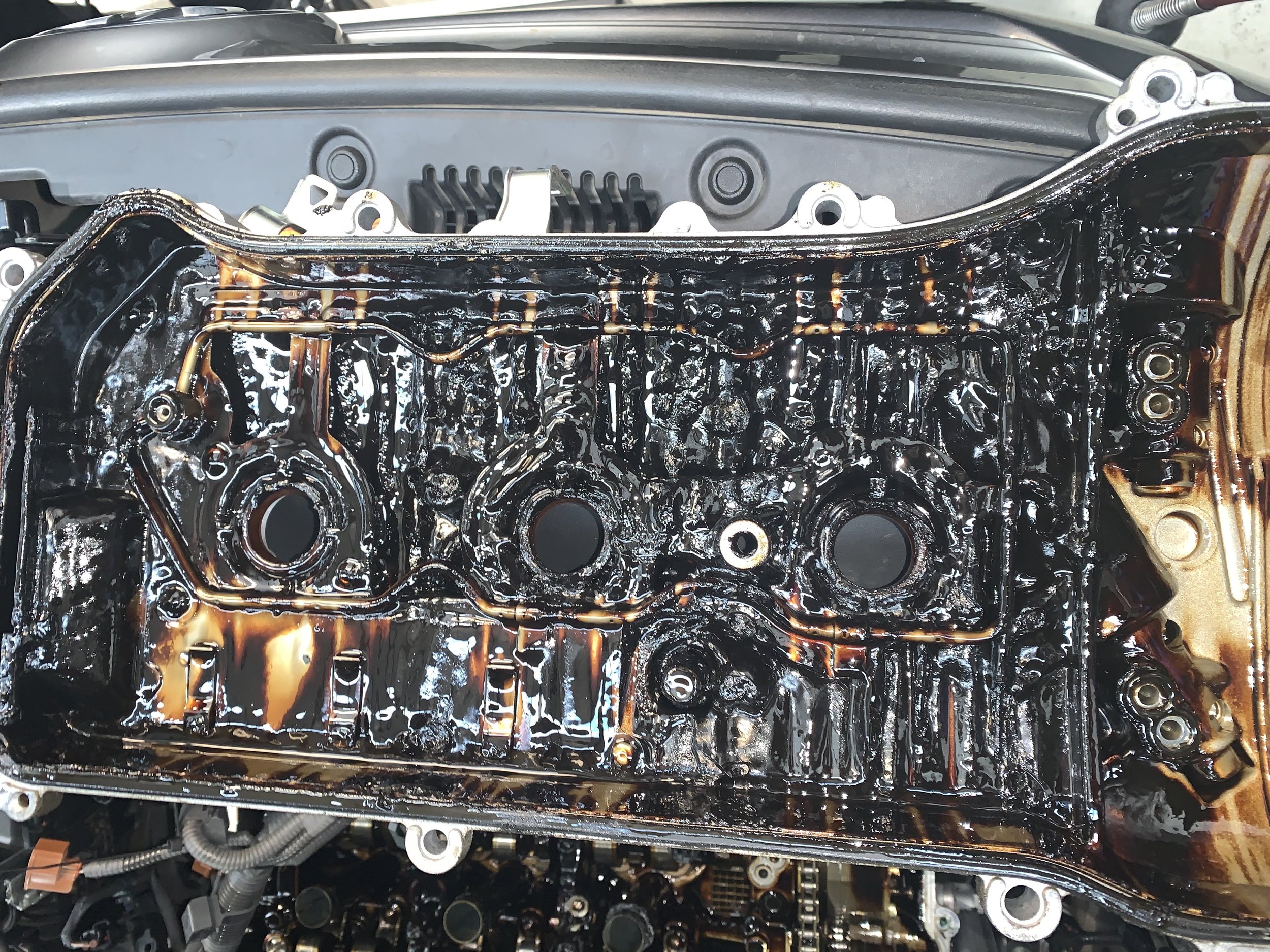How to Get Rid of Sludge in Car Engine
What is Sludge?
Sludge is a thick, black, tar-like substance that can accumulate in your car’s engine. It is formed from a combination of oil, dirt, and other contaminants that have built up over time. Sludge can clog oil passages, which can lead to engine damage.
Symptoms of Sludge
The symptoms of sludge can include:
* Decreased engine performance
* Increased oil consumption
* Noisy engine
* Reduced fuel economy
* Engine overheating
Causes of Sludge
Sludge is caused by a number of factors, including:
* Infrequent oil changes: Oil changes remove contaminants from the engine oil, which helps to prevent sludge from forming.
* Using the wrong type of oil: Using the wrong type of oil can cause sludge to form more quickly.
* Driving in dusty or dirty conditions: Dust and dirt can enter the engine and contribute to sludge formation.
* Engine problems: Certain engine problems, such as a blown head gasket, can cause sludge to form more quickly.
How to Prevent Sludge
The best way to prevent sludge is to follow these tips:
* Get regular oil changes. The frequency of oil changes will depend on your driving habits and the type of oil you use.
* Use the right type of oil. Consult your owner’s manual to determine the correct type of oil for your car.
* Avoid driving in dusty or dirty conditions if possible. If you must drive in these conditions, be sure to clean your car thoroughly afterward.
* Fix any engine problems promptly. If you notice any engine problems, have them repaired as soon as possible to prevent sludge from forming.
How to Get Rid of Sludge
If you think your car engine has sludge, you can try to remove it yourself using the following steps:
1. Gather your materials. You will need:
* A new oil filter
* New oil
* A funnel
* A wrench
* A rag
2. Drain the old oil. Place a drain pan under the oil pan and remove the drain plug. Allow the oil to drain completely.
3. Replace the drain plug. Once the oil has drained completely, replace the drain plug and tighten it securely.
4. Add new oil. Use a funnel to add new oil to the engine. The amount of oil you need will depend on your car’s engine size. Consult your owner’s manual for the correct amount of oil.
5. Replace the oil filter. Remove the old oil filter and replace it with a new one. Tighten the oil filter securely.
6. Start the engine and let it run for a few minutes. This will circulate the new oil and help to remove any remaining sludge.
7. Check the oil level and add more oil if necessary. Use the dipstick to check the oil level. Add more oil if necessary to bring the level to the “full” mark.
If you are not comfortable performing this procedure yourself, you can take your car to a mechanic to have the sludge removed.
Conclusion
Sludge is a common problem that can affect car engines. By following the tips in this article, you can prevent sludge from forming and keep your engine running smoothly.





